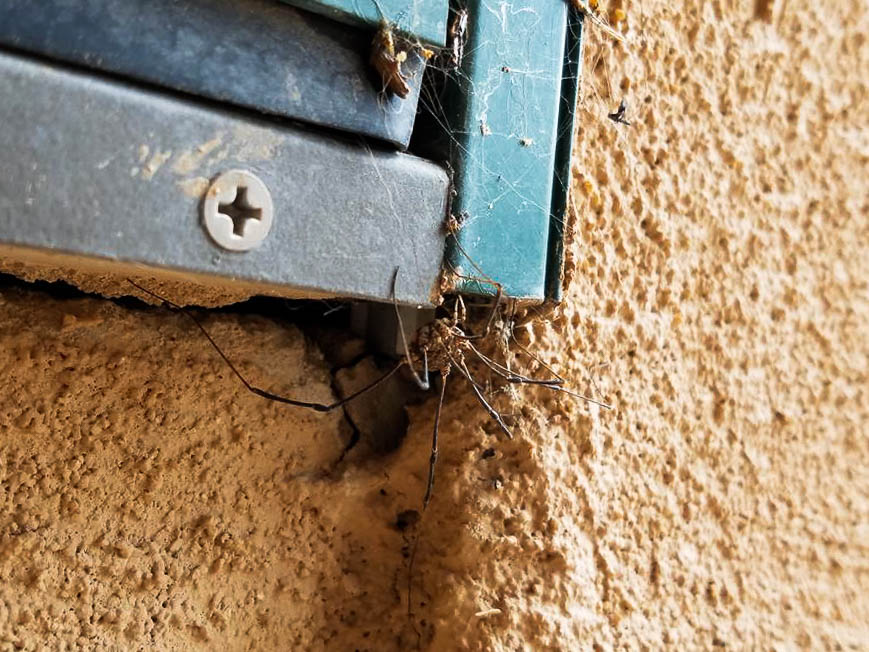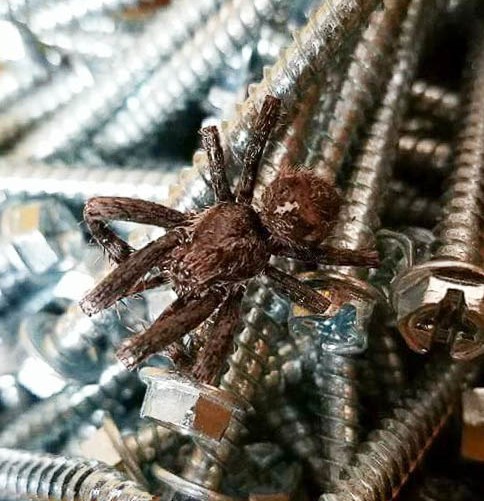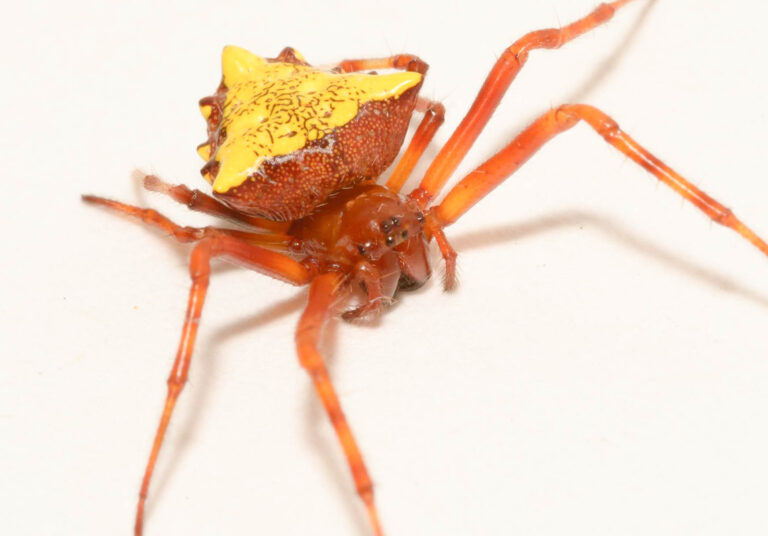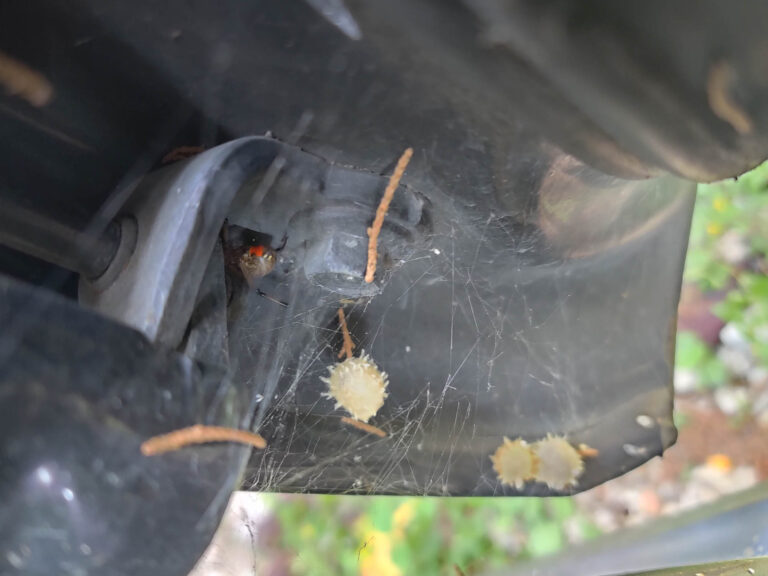How do spiders get in my home?
How Do Spiders Get in My Home?
No matter how hard we try to keep spiders away, they’ll always find a way to get in our homes. We need to know about the common entry points used by spiders in our homes. That knowledge gives you an added advantage when the pesky spiders invade your living spaces.
Common Entry Points
Have you been wondering how you got spiders on your premises? The most common spider entry routes in our homes are doors, windows, gaps, cracks, vents, and holes. These openings provide excellent gateways for the spiders and, it’s upon us to completely seal and shut them off to deter invasions. To do so, always ensure your doors and windows have tight seals and replace any worn-out screens.
Common Entry Points
Spiders also sneak into our homes through the connecting piping. To prevent this, you’re advised to use mesh screens on your air vents, steel wool, or caulk to seal off foundation gaps and caps.

Through Hitchhiking
Spiders get into our homes by hitching rides on unsuspecting hosts. For instance, the spiders can hitchhike on your clothes and other personal belongings as you move around. To avoid these unwanted stowaways, we’re reminded to always thoroughly inspect our camping gear or any other items brought in from the outdoors.
Lighting Attraction
Outdoor lighting also attracts the spiders that eventually invade our homes. The lighting attracts prey that the spiders feed on and, that’s why you should adopt better lighting management to deter the infestations. Alternatively, use dim lights on the outside of houses to reduce vision of the prey.
Prevention
Once inside, the different spiders move to inhabit different spaces inside homes. Some prefer to take shelter in moist environments such as in crawl spaces, stairwells, under stairs, and in basements. Other spider species prefer living in dry spaces such as attics, air vents, woodpiles, debris, and in high corners of rooms.
Regular vacuuming is a splendid method of keeping the populations of spiders low. Additionally, it would be best to clean out toy boxes regularly and cloth shelves to control the spiders. Moreover, enough ventilation ensures spiders have no hiding areas.
Common Spider Invaders
The spiders most likely to invade your home include common house spiders, cellar spiders, jumping spiders, and wolf spiders.

In Conclusion
Regardless of the prevention measures you implement, spiders will always find ways to get into your home. Therefore, it’s imperative to stay vigilant when inspecting items brought from outside if you want to control spiders. Additionally, ensure you seal all gaps, crevices, holes, and other common entry points for spiders to contain potential spider invasions.
As much as these spiders might not be dangerous to humans, they can often be a nuisance—they build webs that are irritating and disturbing in an encounter. Stay safe and keep these spiders out of your home, especially if you have kids or pets around.



